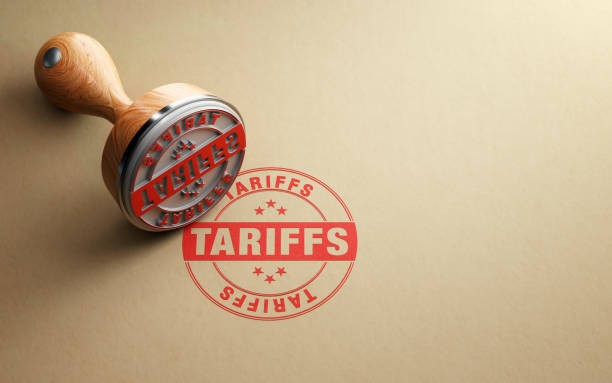You’re Not Imagining It—Things Are Getting Pricier
Ever felt like your food costs keep climbing no matter how tight your vendor negotiations are? That bulk order of tomatoes, flour, or fryer oil just doesn’t stretch the way it used to. You’re not alone—and no, it’s not just inflation whispering through your food orders. It might be tariffs quietly padding your supplier’s invoice.
Tariffs are like background noise: easy to ignore until they start messing with your margins. And the worst part? They’re sneaky. They often hit long before you realize you’re absorbing someone else’s costs.
Let’s talk about it—because it’s time small restaurant owners had access to the same kind of tariff cost pass-through analysis that large franchises have teams for.
What’s a Tariff Really Got to Do With Your Plate?
Here’s the thing: tariffs are essentially taxes on imported goods. And when those goods are ingredients, packaging, or even kitchen equipment, the cost almost always trickles down. Not directly to you—but through layers. Your distributor feels it, then your supplier, then eventually, your invoice gets just a little heavier.
For example, say there’s a new tariff on imported steel. You might think, “Well, I sell tacos, not construction materials.” But that steel? It affects shelving, kitchen hoods, freezer units. And once replacement parts start costing more, your vendors adjust. Quietly. Gradually. Predictably. That’s pass-through pricing in action.
The Hidden Chain of Cost Creep
Here’s where it gets frustrating. Tariff-related costs rarely show up as a line item. No one sends a memo saying, “Hey, we’re charging you 8% more because of international trade policy.” It just shows up in higher supplier prices, slightly reduced bulk discounts, or “updated” delivery fees.
You know what? It’s not just tariffs either. It’s the ripple effect: freight rate hikes, fuel surcharges, packaging changes due to raw material restrictions—all compounded by global policy shifts.
So even if you’re sourcing locally, if your suppliers aren’t, guess who foots the bill? (Spoiler alert: you.)
Analyzing Pass-Through Costs Without a PhD in Econ
Tariff cost pass-through analysis sounds like something cooked up in a grad school econ seminar, but it’s really just detective work—figuring out where rising expenses come from and how they’re filtering into your business.
Start by asking:
-
Are ingredient costs rising faster than inflation?
-
Have packaging or container prices spiked recently?
-
Are freight or handling surcharges quietly increasing?
-
Are suppliers changing SKUs or sources more often than usual?
You don’t need to build a giant spreadsheet. Just start comparing your P&L line items from 12–18 months ago to now. Look at cost per plate or per serving, especially for imported or packaged goods.
So What Can You Actually Do About It?
Here’s the good news: you don’t have to just eat the cost. (Pun intended.)
1. Renegotiate with awareness.
Now that you’ve got eyes on the potential source of the increases, talk to your vendors. Ask if recent pricing changes are tied to specific tariff-related pressures. You may be able to restructure or shift order volumes.
2. Adjust your menu strategically.
No, this doesn’t mean jacking up prices across the board. It means analyzing which dishes are the most vulnerable to pass-through costs and adjusting portion sizes, sourcing, or pricing only where needed.
3. Loop in your accountant.
Yeah, we’re biased. But seriously, a good accountant (one who understands food margins and cost layering) can help you flag unusual cost trends before they start eating into your net profits.
4. Consider substitutions or bundling.
If tariffs are affecting specific imports—say, avocados or specialty cheeses—think creatively. Could you bundle lower-cost items with premium ones to balance perceived value? Or rotate specials to feature tariff-resistant ingredients?
It’s Not Just About Now—It’s About Next Quarter
The restaurant industry is already high-stakes. Add tariff exposure and cost volatility to the mix, and small businesses can start slipping without even realizing it. But with the right analysis—casual, ongoing, not buried in complexity—you can get ahead of those margin squeezes.
You don’t need to be an economist. You just need to stay curious. Start asking the questions large chains already ask: What’s changing? Why? How can I adjust before it hurts?
And if you’re unsure where to begin, talk to someone who sees this stuff every day. (We do.)
Because understanding how international policy finds its way onto your menu? That’s not a luxury. That’s survival.
Final Thought:
Margins are tight, emotions run high, and you’re already juggling a dozen other fires. But quietly letting rising costs seep into your business without tracking them? That’s the slow leak that sinks the ship. It’s not sexy, but tariff cost analysis is one of the most underrated shields a small restaurant owner can wield.

